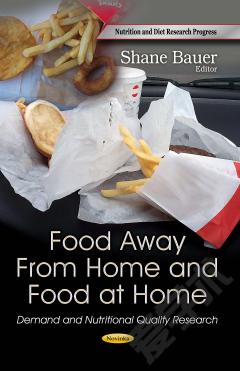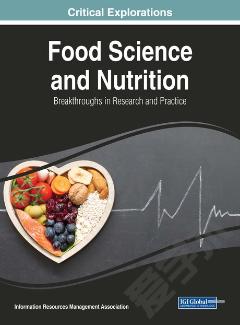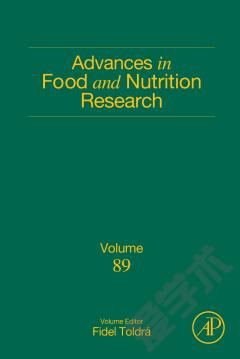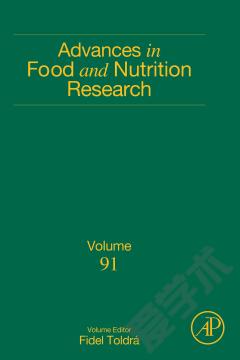Food Away From Home and Food at Home: Demand and Nutritional Quality Research
Food away from home (FAFH) is a sizable component of total food consumption and the nutritional intake of U.S. adults and children. FAFH also, therefore, constitutes a large and growing portion of the food budget. In 2009, the annual average household expenditure on FAFH was $2,619 or approximately 41 percent of the food budget for an average U.S. household, compared with $1,320, or approximately 29 percent of the food budget in 1984. Recent findings suggest that FAFH may contribute significantly to obesity and poor dietary quality in the United States. Given the potential significance of FAFH for dietary quality and nutrition, policies designed to influence nutritional outcomes should address the role of FAFH. This book estimates the demand for disaggregated FAFH and Food at Home (FAH) products, as elements of an unconditional system of demand equations in a two-stage budgeting process. Statistically significant cross-price relationships, between and within groups of foods, using the first and second stage estimates, underscore the potential usefulness of considering all foods, not just a subset of foods, in evaluating policies targeting nutrition and health outcomes.
{{comment.content}}








 京公网安备 11010802027623号
京公网安备 11010802027623号